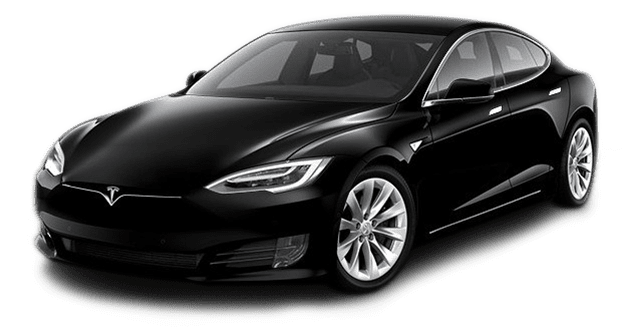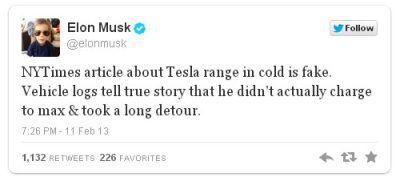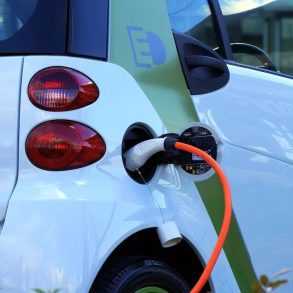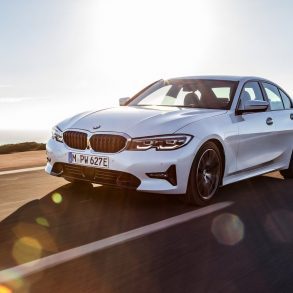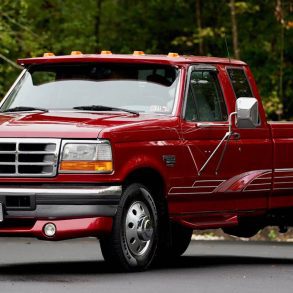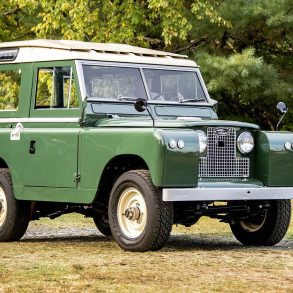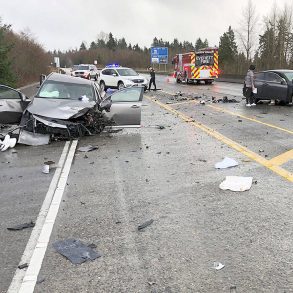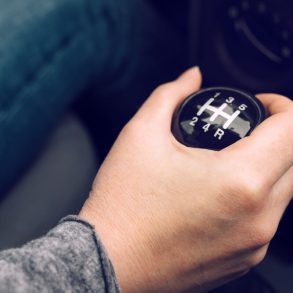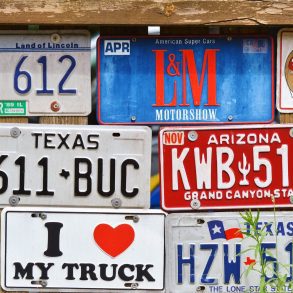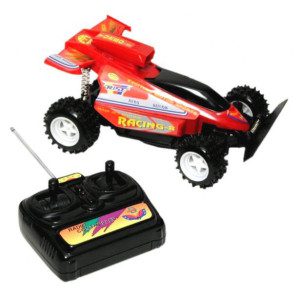
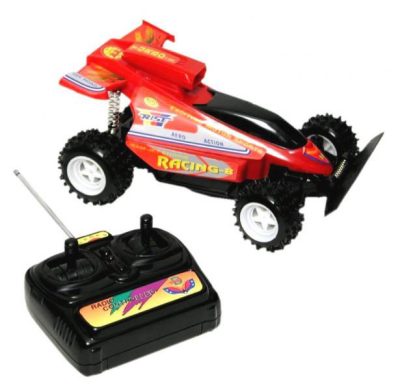 A
A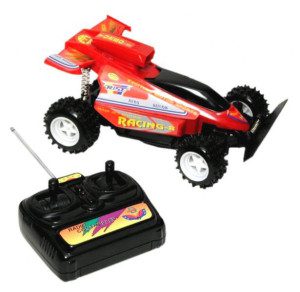 s a toddler we all played with a remote controlled toy car, always bumping into the newly painted living room wall or against your father’s toes. Believe it or not, these cars could have been your first introduction to the battery electric car. Now that we have grown older and have become accustomed to the pleasures of the internal combustion engine, some people argue that the world is ready for a true battery electric car. Tesla Motors and Fisker Automotive are the small heroes trying to kick the establishment of their feet for failing to react quickly enough. But why does Tesla succeed while Fisker hasn’t?
s a toddler we all played with a remote controlled toy car, always bumping into the newly painted living room wall or against your father’s toes. Believe it or not, these cars could have been your first introduction to the battery electric car. Now that we have grown older and have become accustomed to the pleasures of the internal combustion engine, some people argue that the world is ready for a true battery electric car. Tesla Motors and Fisker Automotive are the small heroes trying to kick the establishment of their feet for failing to react quickly enough. But why does Tesla succeed while Fisker hasn’t?
Background and vision
Elon Musk, CEO and visionary of Tesla, has a background in technology and his vision is that state-of-the-art technology is the key to a successful electric car. The initial customers will be the gadget freaks who want to be the first with any new technology. The kind of people that would sleep on a sidewalk for three nights in order to be first in line if Apple would introduce the iRide.
Henrik Fisker, founder of Fisker, started as a designer and later as a coach builder, building custom bodywork on a Mercedes SL or BMW 6-series. His view is that an electric car should be sexy and jaw dropping, because environmentally friendly does not have to mean boring and yawn inducing. Dear Mr. Fisker, of course I would prefer my housekeeper to look like Angelina Jolie, but if she doesn’t color sort my socks after she has done the laundry, then she would still be replaced by a Courtney Love lookalike who does! If great design instead of technology sold cars, why would Toyota be the world’s biggest automaker?
Production
Tesla has developed the technology for their cars in-house, from the electric motor to the software. This technology can then be sold to other car manufacturers which are too lazy to do the same, including Toyota and Mercedes-Benz. This is making them billions of dollars, which then can be used to invest in further development and production of their cars.
Fisker has designed the Karma, which is a beautiful car, but they outsourced development of the technology and even the production to external suppliers. This made them no more than a design studio, which marketed a vehicle developed and built by others under their own name. They did not acquire any specialist knowledge or experience on electric mobility that would be valuable to others in the industry, thus creating value for their company.
Charisma
Elon Musk is an expert in constantly drawing media attention to him and his company, as he is an avid Twitterer and not afraid to vent his unsalted opinion through this medium. When a reporter from the New York Times slated the Tesla Model S because he had come to a standstill with empty batteries, Musk hit straight back by checking the black box of the car and proving that the journalist had had improperly used the car intentionally (?) and had not sufficiently charged it. Also, on multiple occasions, he has been able to use Tweets to turn a sharp fall of Tesla’s stock into a rise of that same share price the same day or the next. His actions even drew the attention of the SEC, because his Tweets are close to stock manipulation.
Henrik Fisker is of Danish origin and this may explain its rather sturdy appearance. His move from designer to entrepreneur is an understandable one, but he had better left the management of his company to an experienced leader. He realized this too late and stepped down as CEO when it was too late, when the company was already on the verge of bankruptcy. If you want to keep up appearances of a healthy company, a CEO stepping down is not a good sign, so this proved to be counterproductive.
Batteries
Tesla uses different suppliers for the batteries, and even got Panasonic to invest billions in the development and production of new battery technology for Tesla without having to sign off exclusive loyalty to Panasonic. In addition, the batteries Tesla uses are basically similar to those used in cell phones and laptops, only larger. This means familiar, proven to be reliable technology and large-scale production.
Fisker was dependent on one single supplier for the batteries, so when they (A123 systems) went bankrupt, the production of Karma’s came to a standstill. Furthermore, these batteries were specially designed for use in electric cars, resulting in teething problems (and exploding Karma) and higher initial production costs, because of small-scale production.
Timing
Tesla was started up with the vast capital which Elon Musk earned by starting up PayPal and from other investors in his personal network. This allowed the company to develop the technology and produce their first car, the Tesla Roadster, without any external capital or subsidies. This way, they were underestimated and thought of as “just another start-up with big plans, but no sense of reality”, staying relatively under the radar. They gained a lot of experience in building the Roadster and received feedback from their first customers, so when Tesla filed a loan from the U.S. government’s Department of Energy for the development of the Model S, they already knew which mistakes not to repeat. The loan has already been repaid, nine years earlier than planned.
Fisker also received a loan, but used it for the development their first electric vehicle, with all the start-up problems and reliability issues that come with it. Subsequently, the Republican party, which opposes any government intervention, set the company as an example for being a bottomless pit of subsidies sponsored by the Obama administration. Fisker came under scrutiny by the press and the public, and this self- fulfilling prophecy became reality by the bankruptcy of Fisker Automotive.
The Big Picture
Elon Musk saw the big picture of a start-up technology. It’s a matter of which came first: the chicken or the egg? The electric automobile or the charging grid? So he not only built electric cars, he is also building a fast-charge network in the United States, to make sure his customers can drive coast-to-coast with their electric vehicles, without having to worry about range anxiety. He is also rolling out a fast-charge network in Germany.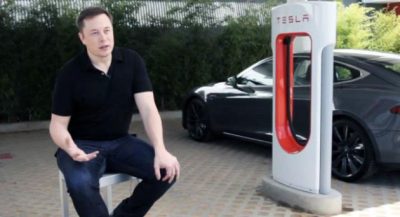
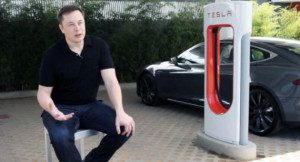
Fisker turned out to be the toy car that hit the wall and crashed, while Tesla is the car that keeps bumping into your father’s toes and starts to wake him up. Let’s hope this little challenger will not be crushed by the huge feet of the established automobile industry.

